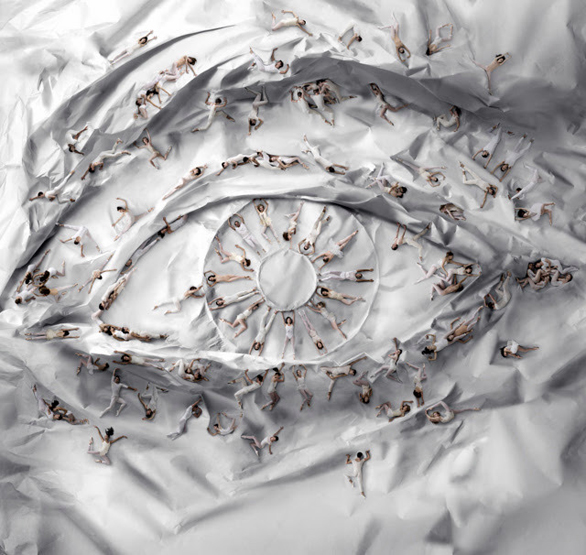
A look at JR’s latest work—a mural of an eye, formed out of the bodies of the New York City Ballet’s dancers.
Artist JR’s latest project turns the floor of the David H. Koch Theater, home of the New York City Ballet, into a swirl of bodies. For it, JR photographed the company’s dancers and assembled their portraits into a 6,500-square-foot mural that stretches the length of the lobby. Walking on the floor is surreal, as each dancer appears life-sized below your feet. But stand in a balcony and you see a whole new reality: that the dancer’s bodies converge to form an eye.
We spoke to JR about this unique work, which is on display now. Read on for a few shockers — like that JR only saw his first ballet in 2013, and that he is now choreographing one.
What was your experience with ballet growing up? Was it a form you know well, or something that seemed foreign to you?
You know, I’d never gone to a ballet before last May. I was more familiar with contemporary dancing, breakdancing — this kind of dance — not really at all with ballet. Less than a year ago, I actually entered a theater to see a ballet for the first time. I saw it from the front and from backstage, and I was really curious to discover this world of dancers. I’d seen documentaries before and movies like Black Swan, but I was suddenly so close to the whole company, seeing them live in this way. From the audience, it looks really well made, but from backstage, you realize the energy and the techniques that they all put in. So, I wanted to put my eye in there.
So how did the collaboration with the New York City Ballet come about?
They approached me, and asked me if I was interested. When they contacted me, I said I’d never been before, so they said, “Oh, well then, why don’t you come and have a look?” For me, that was a good excuse to jump in and discover a completely new world.
What interested you about photographing dancers specifically?
It was, for me, exciting to work with other artists and performers that suddenly would become textures — a live texture in an artwork. That’s really what the piece became. When you look at it, it’s like they’re literally scripting an eye. And when you go to a ballet, the first thing that struck me was that you don’t actually see the eyes of the dancer. They’re too far away. They’re onstage and there’s 3,000 people in the theater, so you can’t see their eyes.
Why is the eye a body part that you keep coming back to?
I guess because the eye is the eye of a person, a singular person. But when it’s cropped, you cannot tell who it is — it could be the eye of anybody. In Brazil was the first time that I started cropping and cropping to only the eye. Depending on the architecture I was pasting onto, I would crop so that only the eye would stay. Like a lot of people say, it’s like a window to the soul.
What was most fun seeing people interact with this piece at the New York City Ballet?
For me, the most fun is looking at people in suits and ties lying down on the floor and in New York City Ballet, where normally no one would sit on the floor. Seeing them kind of breaking the rules of using the floor as a space to interact, and then suddenly being creative in taking their own photo. The other thing is that the best view you have of the piece is on the fourth floor. And the fourth floor is normally the cheap tickets — no one goes up there. So basically everyone gathers there now. It’s become the new spot.
How did you go about piecing all the bodies together from individual shots?
I had to shoot by sections, and I knew exactly what section I would shoot first and then after, and then I reconnected them on computer to create the complete eye. It was an incredible experience working with all the dancers and then seeing all the dancers interacting with it. Right now, I’m actually preparing a ballet onstage. I will announce it pretty soon — so I don’t have more to say about it yet, but I will tell more really soon. In the next few days.
Nominations for the 2015 TED Prize are open through March 31, 2014. Find out more about how to nominate »
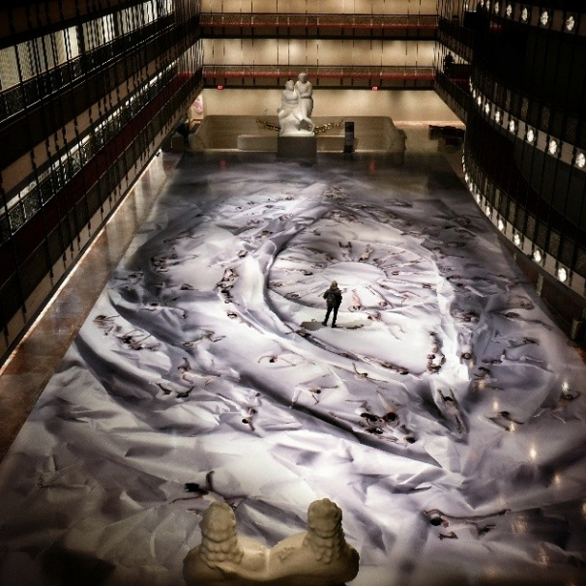
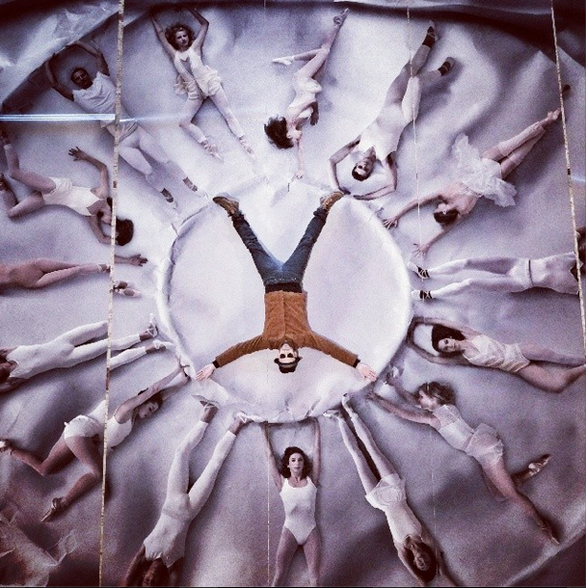
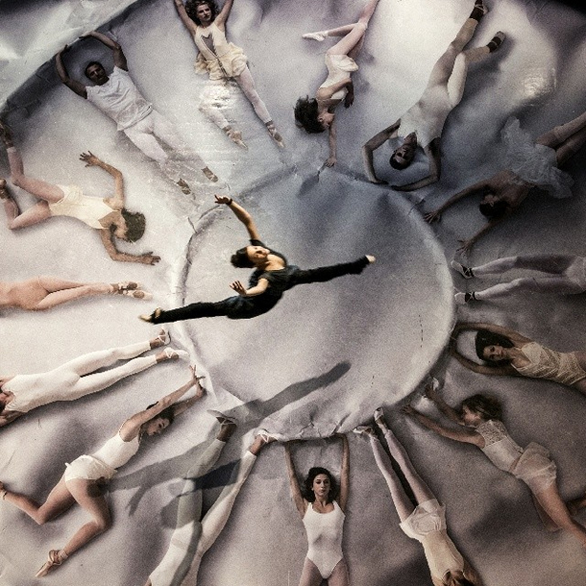
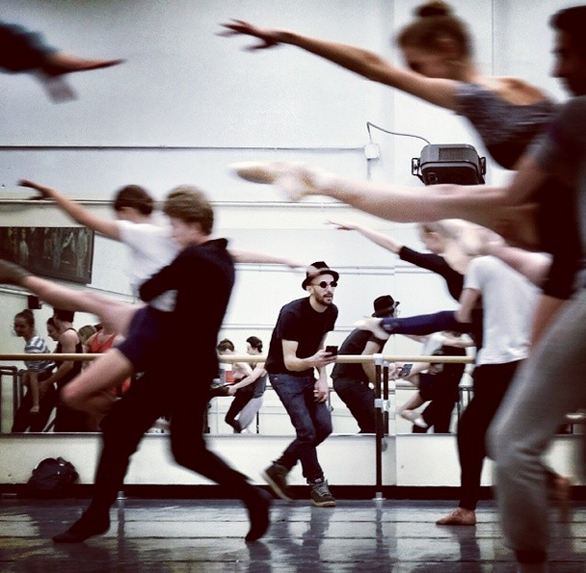
Comments (3)